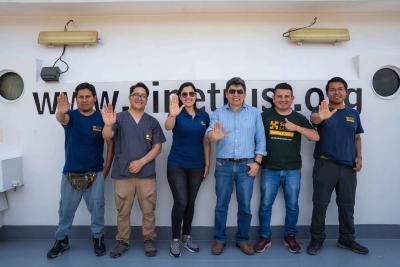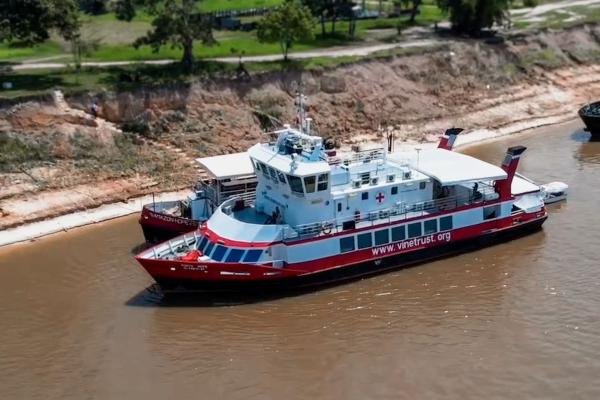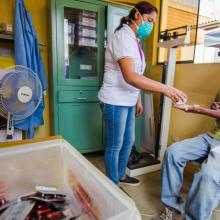The tuberculosis (TB) problem in Peru is concentrated in Lima and Callao, which report 56% of cases nationwide according to the Ministry of Health (Minsa). But what happens in the other regions of the country?
Departments such as Ucayali, Madre de Dios, and especially Loreto, are the most affected by TB after Lima and Callo, but with an addition: there the gaps in access to the health system are deeper.
“The department of Loreto, as well as all the regions of the Peruvian jungle, are affected by sanitary and environmental problems, which leads to poverty and malnutrition, added to the limited access of the population to health facilities for reasons of distance and economic resources,” explains Milagros Mendoza, project coordinator of the Partners In Health (SES) TB program.
In light of the problem experienced in Loreto (whose incidence rate is 164 TB cases per 100,000 inhabitants, according to the DPCTB Minsa), SES recently led an active TB search strategy in the heart of the jungle, to perform free screenings and connect people with positive results to the health system.
This was made possible by working together with the Peruvian Amazon Medical Hope Program (PMEAP) and VineTrust, whose medical boat travels the Amazon River basin bringing essential health services (medical consultations, dentistry, obstetrics, and more) to people living in communities where sometimes there is not a single health post or center.
“We are very happy to start this collaboration with Socios En Salud,” said Roman Rodriguez, executive director of Peru’s Amazon Hope Medical Program, before the ship set sail.
“We agree on a crucial aspect that unfortunately is not addressed by most public policies in our country: the expectation that the patient will come to the health service. However, in both SES and PMEAP we are committed to bringing services to where people are, rather than waiting for them to come to them,” he added.

El equipo de Socios En Salud antes de que la embarcación médica zarpara rumbo a las comunidades más necesitadas de Loreto.
In that sense, from November 8 to 17, SES joined this journey by contributing its expertise and modern inputs in TB screening, using X-rays, artificial intelligence and laboratory tests, to make it possible for beneficiaries to get their results on the same day of their consultations.
In order to achieve mass appeal, an advance team was assembled prior to the intervention, which was composed of people who had been affected by TB in the past. This team went to 18 native communities on the banks of the Amazon River to inform about medical care and register vulnerable people and at-risk groups, which were prioritized in the screening.
Thanks to this coordinated work, SES managed to screen 369 people in days of hard work with temperatures exceeding 35 degrees, but that did not represent an impediment to our goal of making health a right for all.
All beneficiaries followed a flow of care that included:
- Chest X-rays taken with ultra-portable equipment (Fujifilm) that uses artificial intelligence (AI) to read X-rays. If the software yielded any abnormality in the image, a sputum sample was requested.
- The sputum sample served as input for the GeneXpert test, which could produce a result within two hours.
- All beneficiaries underwent a medical evaluation and the respective delivery of their results.
- The 3 TB-positive individuals were transferred to the appropriate health post for timely care and treatment.
For Socios En Salud this intervention has marked a milestone in its active TB search strategy, whose decentralization to remote areas, where the population has more needs and shortages, is a true reflection of our belief: no one should die from a disease that can be cured.



